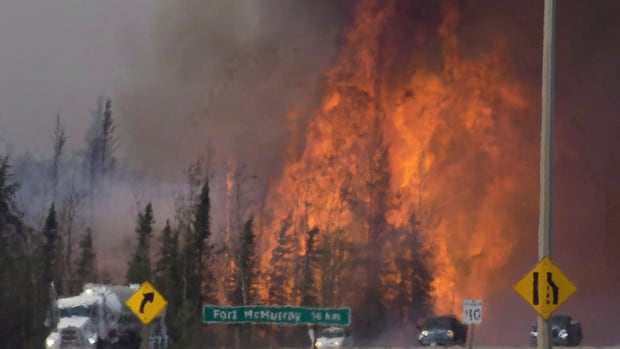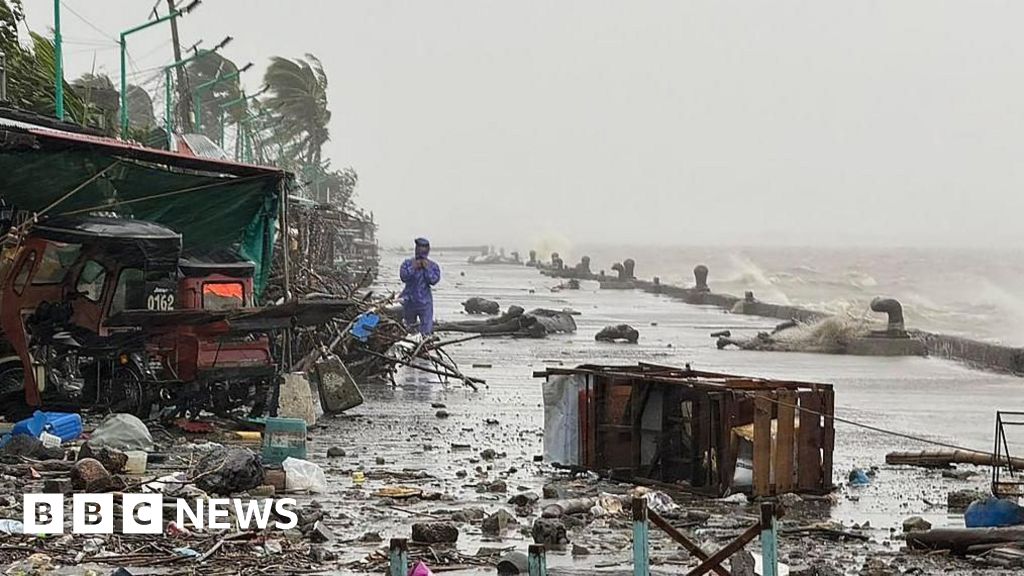The Rising Threat of Wildfires: A Global Crisis Fueled by Climate Change
Recent years have witnessed unprecedented fire disasters in locations like Jasper, Lytton, Los Angeles, and Fort McMurray, resulting in significant loss of life, community displacement, and economic disruption. A new study highlights how these destructive wildfires are becoming increasingly common worldwide due to climate change.
The Science Behind the Spike in Destructive Wildfires
According to a study published in the journal Science, destructive fires have spiked in recent years. The research, co-authored by John Abatzoglou of the University of California Merced, emphasizes that in many environments, it's not a matter of "if" a fire will occur, but "when." The study analyzed the 200 most financially devastating fires from 1980 to 2023, considering their cost relative to a nation's GDP. The findings revealed a sharp increase in frequency since 2015, with fires causing 10 or more deaths becoming three times as frequent.
The assessment relied on proprietary data from Munich Re, a re-insurance company, revealing the financial impact of these escalating disasters. Since 1980, the study counted 43 wildfire disasters costing over $1 billion US, with half occurring in the last decade.
Climate Change and Expanding Vulnerability
"This is really a product of, certainly, warmer, drier climate," said Abatzoglou. The increase in fire destruction aligns with worsening climate conditions that exacerbate fire risks, largely driven by human activity and the burning of fossil fuels. Furthermore, an "expanding bullseye phenomena" exists, where increased populations and assets are located in fire-prone environments.
Mathieu Bourbonnais, co-director of the University of British Columbia Centre for Wildfire Coexistence, underscores the global implications of climate change, stating that its impacts are felt locally.
Canada in the Crosshairs: A National Problem
The study highlights increasing fire risks in the western U.S. and Canada, suggesting that "Canada absolutely has a bullseye on it," according to Jason Thistlethwaite, a professor at the University of Waterloo. He advocates treating wildfires as a national problem requiring significant investment in community preparedness. This includes vegetation management, expanding programs like FireSmart, and funding more firefighters.
"We not only need the resources going towards preparedness but we also need to be ready for response," Thistlethwaite said.
Data Access and Community Adaptation
While data exists regarding high-risk areas, a challenge lies in making this information accessible to the public. Thistlethwaite is working on a project to improve access to climate risk information, including fire risks, for individuals and municipalities. Without this accessible data, convincing people to take expensive adaptation measures becomes difficult. Making the data more available to communities can improve adaptation and reduce wildfire impacts.
 Visit the website
Visit the website





